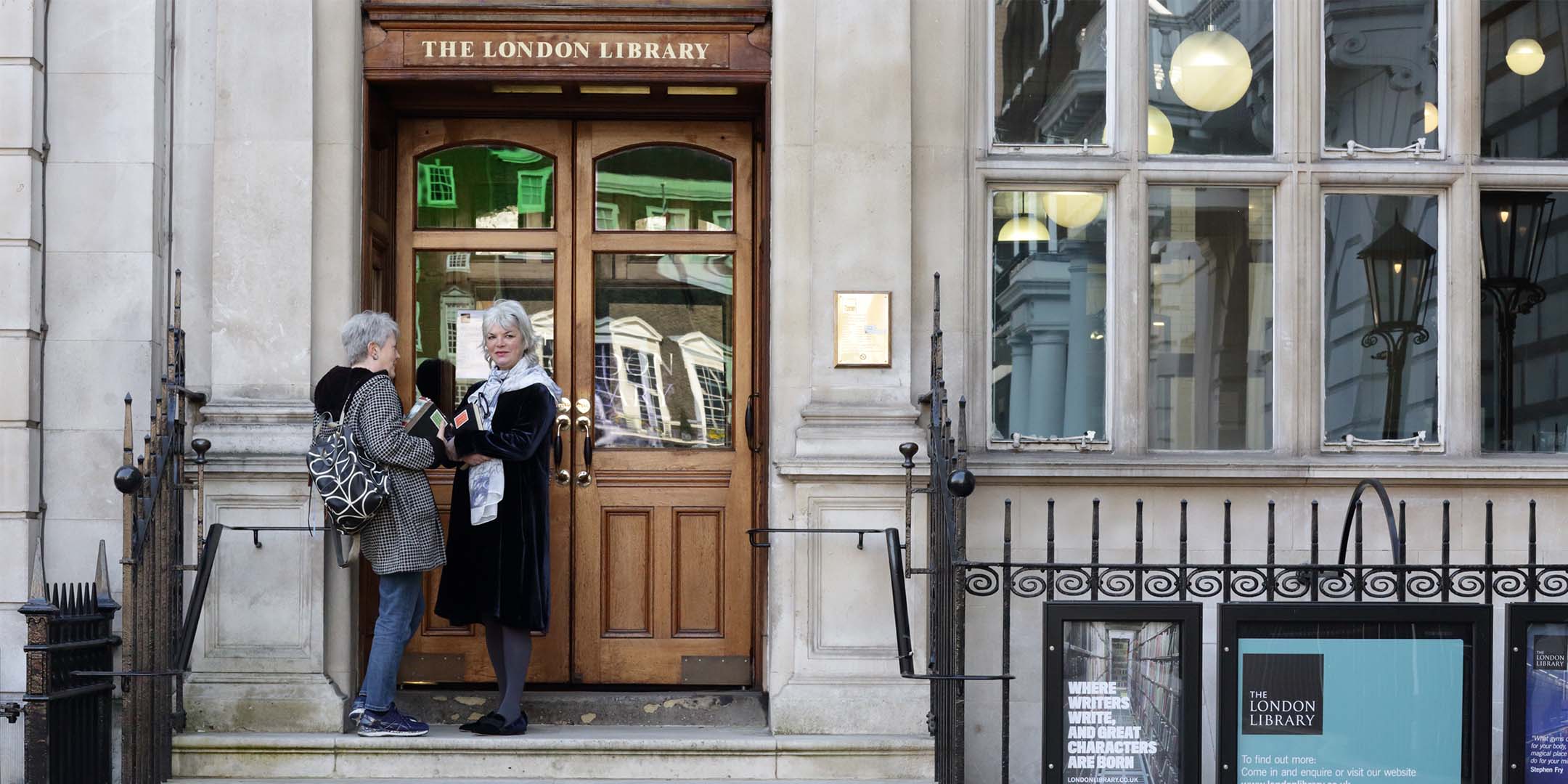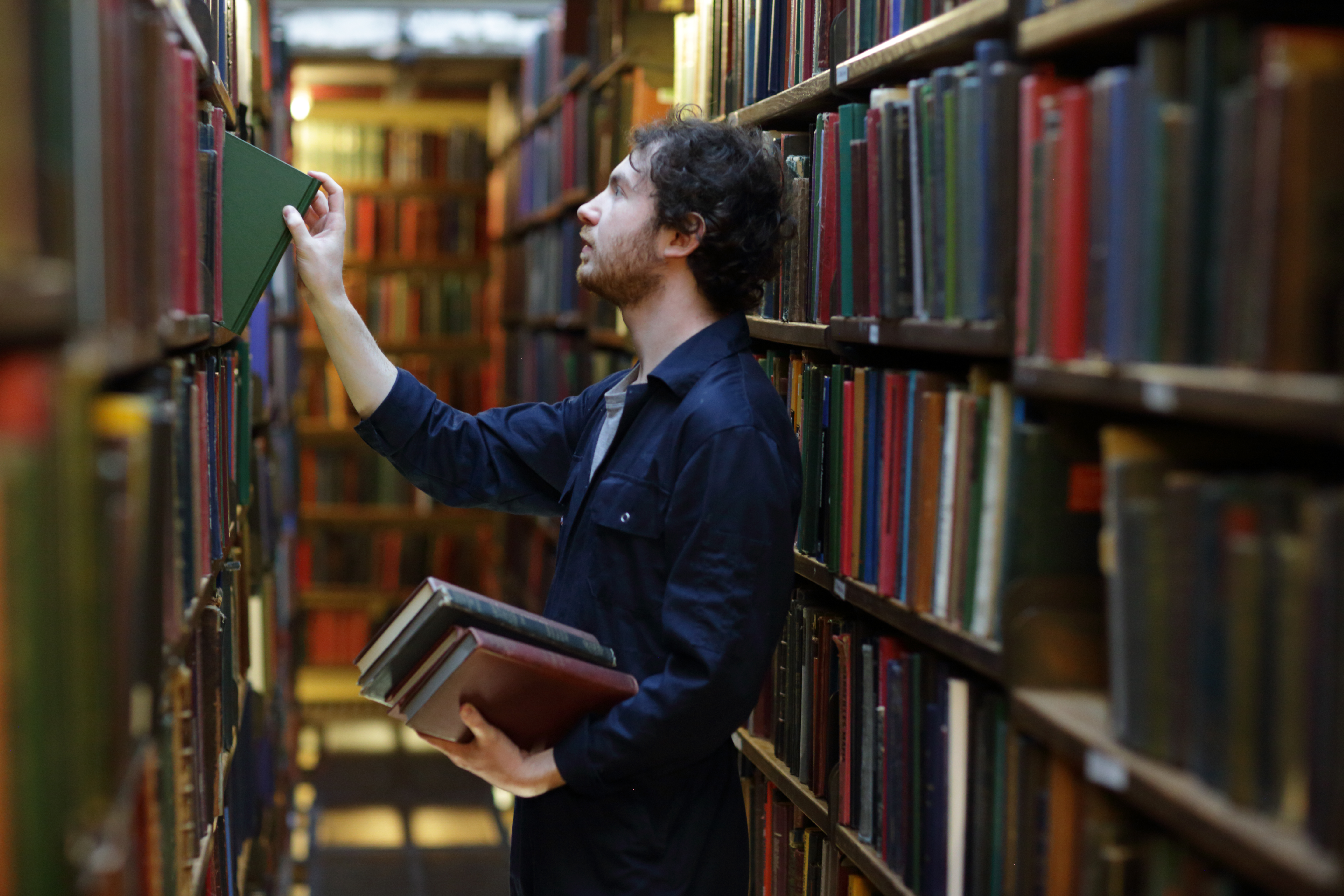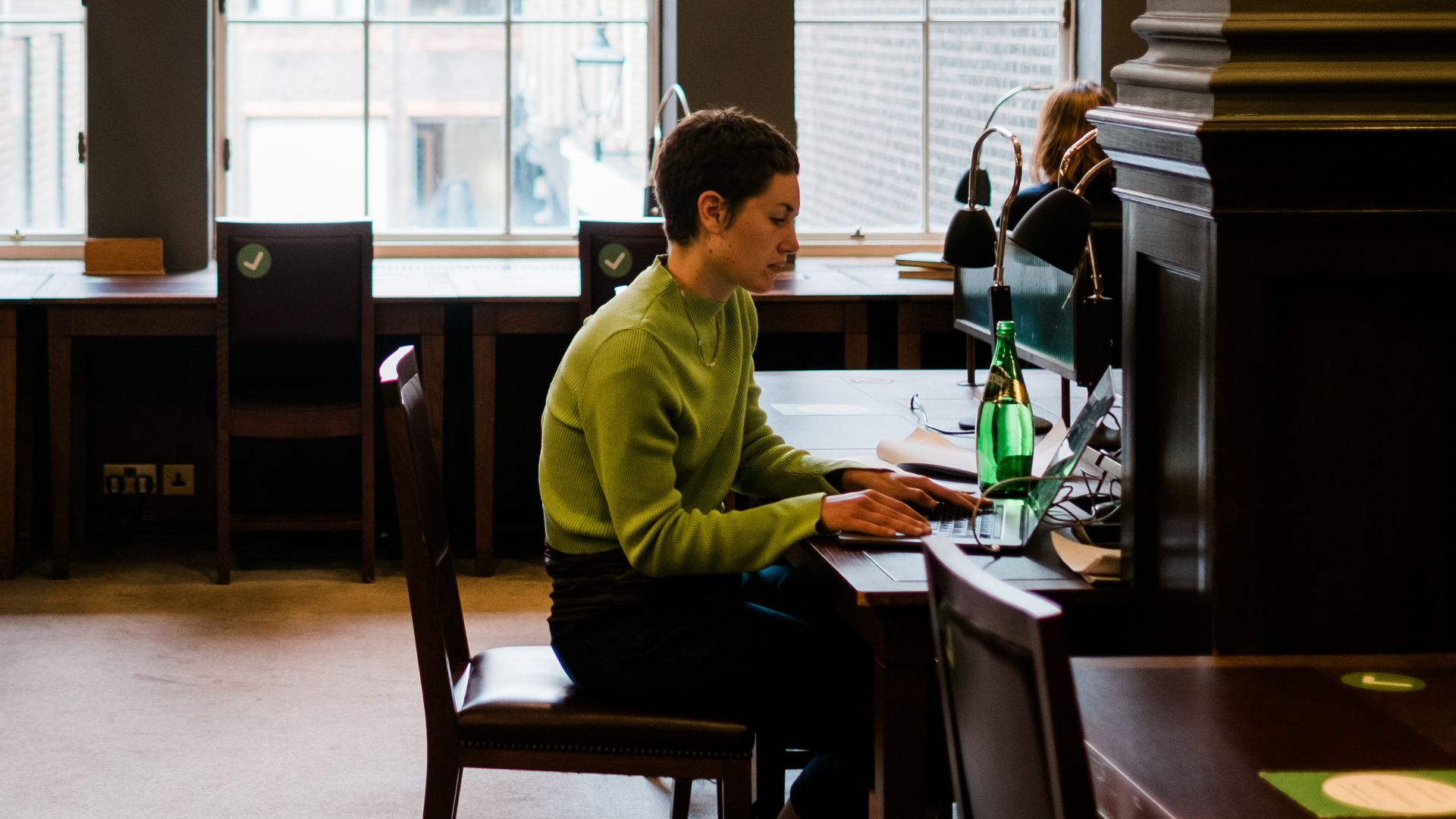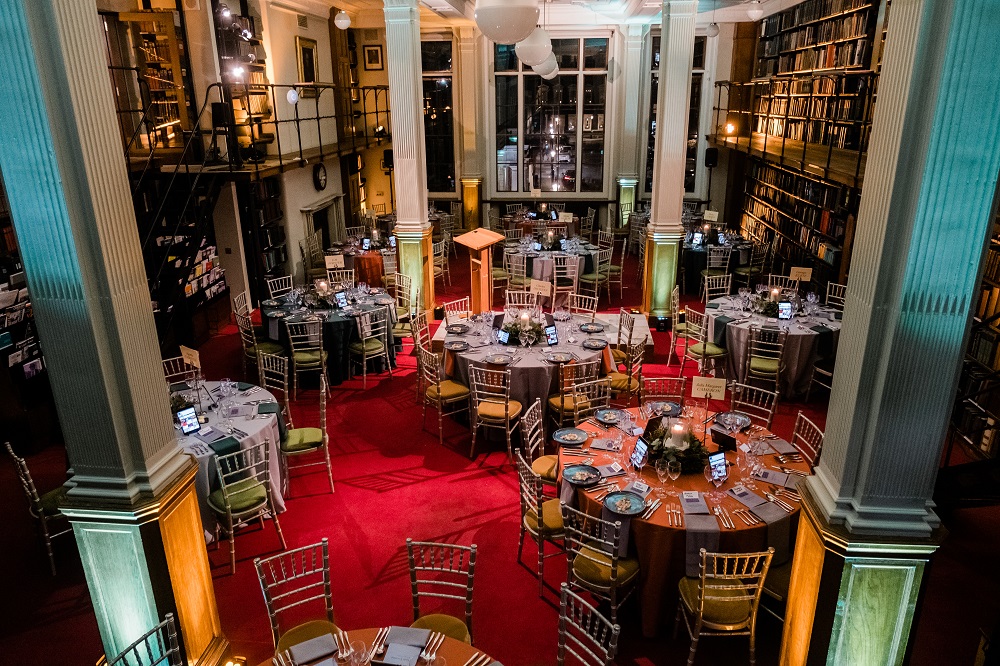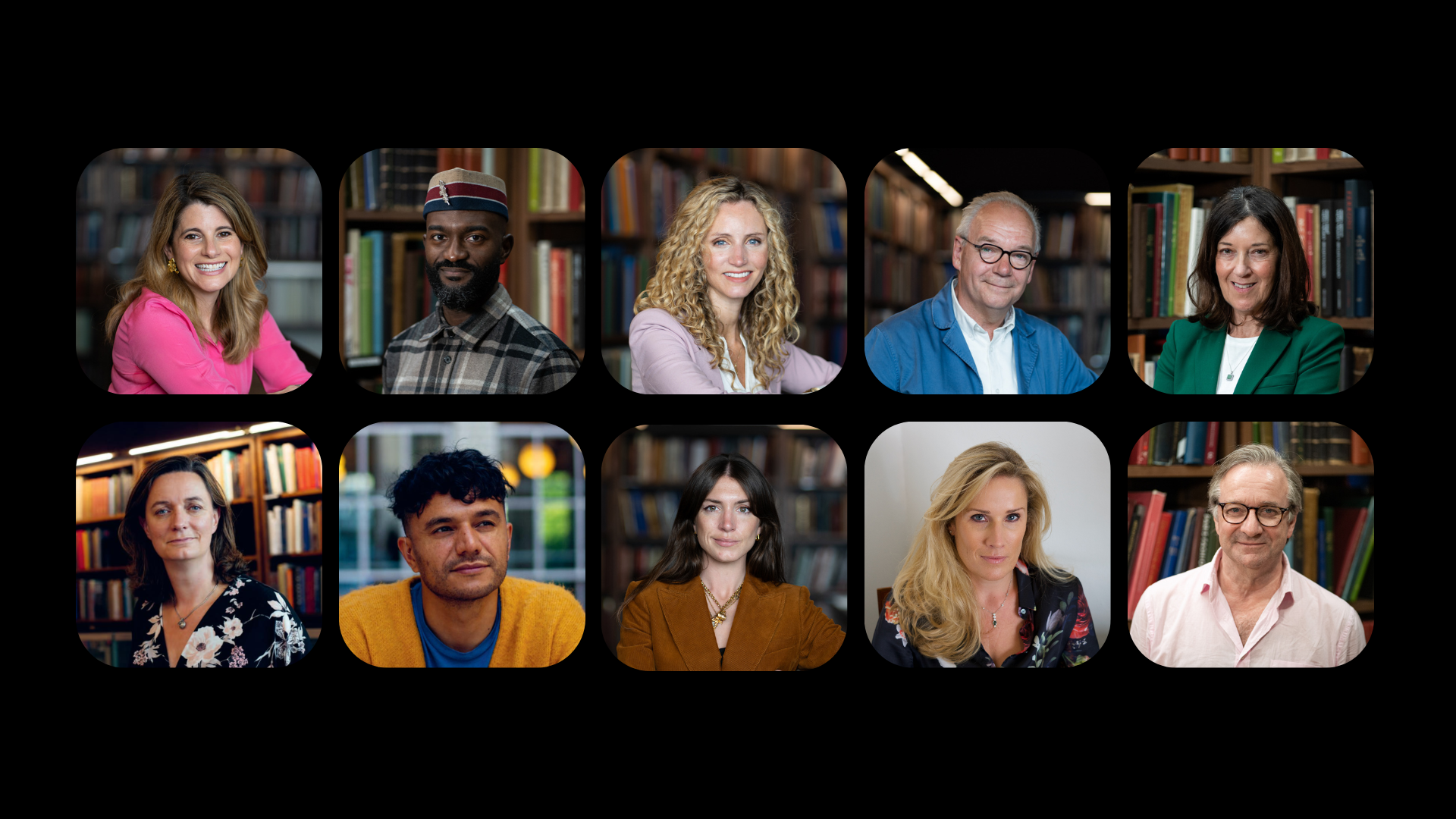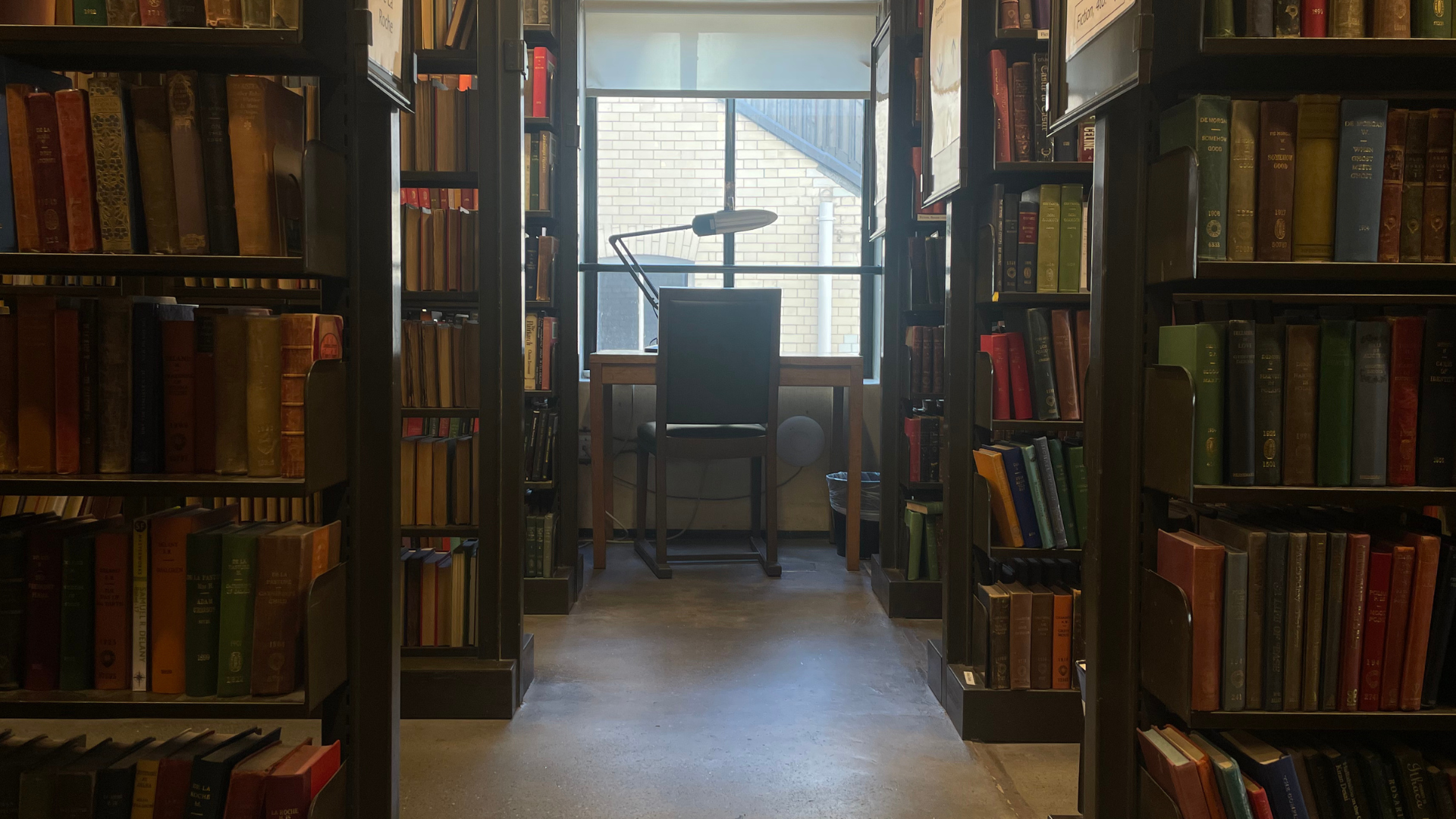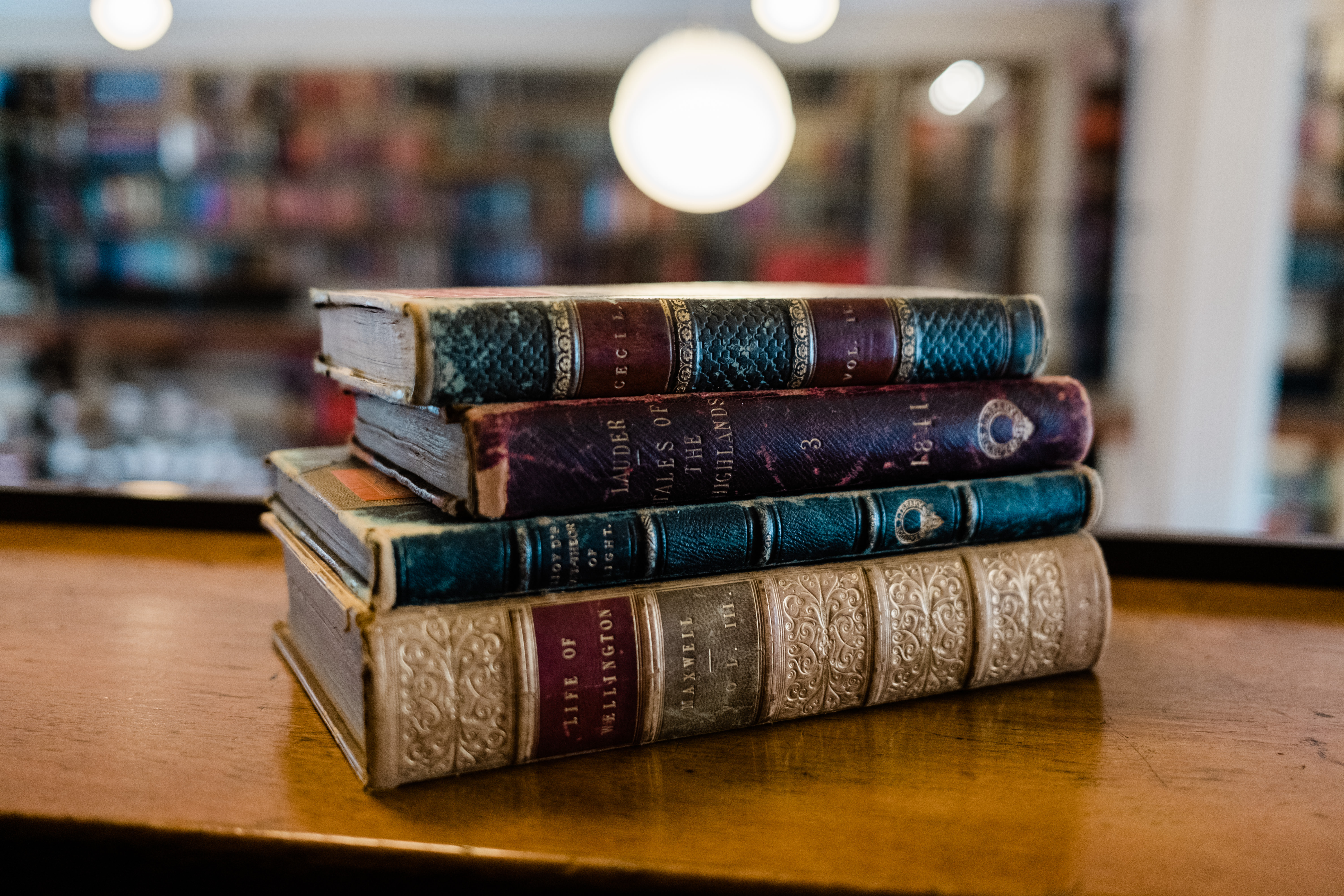With holiday season well and truly underway, our Head of Bibliographic Services Dunia Garcia-Ontiveros heads to exotic climes to explore three important, first-hand tales of travel from the 16th century housed in the Library. Adapted from an article originally written for History Today.
Three books at The London Library are proof that voyage narratives were a very popular genre as early as the 16th century. At a time when there was still so much left to discover and ‘tame’ it is hardly surprising that many Europeans jumped at the chance to travel far and wide in search of territories to survey, shrines to visit and ‘heathens’ to save. Many more literate Europeans could then share in their adventures by reading their accounts and gazing in wonder at depictions of exotic lands and peoples.
The first of these three books is Vier Bucher von der Raisz und Shiffart in die Turckey (Four books on the travel and navigation in Turkey) by Nicolas de Nicolay, printed in Antwerp in 1577. Nicolay was a French mercenary, diplomat, royal cartographer, artist and, according to some, spy who travelled to Turkey as part of the French embassy to the court of Süleyman the Magnificent in 1551. He was tasked with surveying the lands he visited but his book is remarkable for containing over 60 woodcuts of men and women he encountered. These include striking images of a Turkish noblewoman perched on platform footwear perhaps to keep her magnificent gown away from the dirty ground or maybe as a symbol of her elevated social status. Others depict a member of a religious sect wearing a chastity ring (this image is often mutilated in surviving copies of this work), a cook in a wonderful chef’s hat carrying exotic fruits and vegetables and a very sober and respectable-looking Arab merchant. The French original, first published in Lyon in 1568, was translated into five languages and Shakespeare scholars believe the English edition, which was based on this Antwerp version, was a source for the Merchant of Venice.
In Il devotissimo viaggio di Gerusalemme we read about the pilgrimage to the Holy Land in 1586 by Errol Flynn lookalike, Jean Zuallart, a traveller from the Low Countries, who was also an historian, voyager, judge, knight of the Order of the Holy Sepulchre and self-taught artist. His book was printed in Rome in 1587 and its romantic landscapes with towers, domes, minarets and palm trees nestling in sun-scorched sand dunes became the template that many other artists imitated. Zuallart’s drawings were not only beautifully evocative. Architectural historians today still refer to them for their detail and accuracy. The work was very well received and during its author’s lifetime it was translated into French and German.
By the 16th century travel was no longer restricted to the Old World. Our final book, Histoire d’un voyage fait en la terre du Bresil, autrement dite Amerique, tells the story of an ill-fated mission to the New World by the French Calvinist pastor Jean de Léry. After a theological dispute soon after reaching their destination a few of the more orthodox missionaries, with Léry among, them leave the mission and spend over a year living with the cannibal Tupí tribe while waiting for a ship in which to return to Europe. The experience becomes a journey of self-discovery for Léry whose religious beliefs and European ideas of civilization are tested. While he never fully understands or condones all of the Tupí customs he does grow to admire and respect their beauty, self-reliance and honesty. Léry returned to France after a gruelling voyage during which all supplies where exhausted and the men on board were reduced to eating the parrots and monkeys they had intended to bring back as living mementoes (the parrots were to serve as recordings of the Tupí language) as well as every scrap of leather on the ship.
Léry describes and portrays the flora and fauna of Brazil as well the physical beauty of the Tupí people. While he continues to refer to his hosts as ‘savages’, which is only to be expected from a 16th century European traveller, he does remark upon the humanity and compassion he witnesses during a Tupí funeral. Needless to say, Léry and his companions failed to convert the Tupí. The manuscript recounting his fascinating story of failure was lost and Léry had to write his adventures again from memory. The narrative was finally printed in La Rochelle in 1578, over 20 years after the journey took place. The London Library copy, printed in Geneva in 1594, is a 3rd edition, ‘revised, corrected, and enlarged greatly’, complete with a printer’s note praising the work as well as several testimonials, proof of how well it was received.

